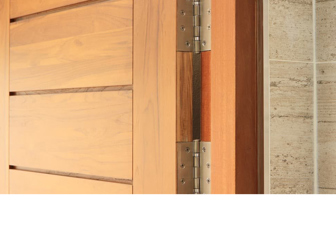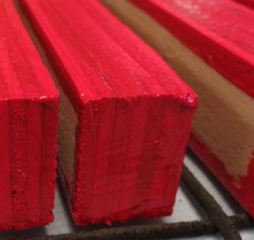The correct components needed for fire doors
A fire door is engineered to save lives and property. The correct specification, supply, fitting and maintenance of a fire door are critical and it’s the responsibility of every person in the process to get it right.
It’s only when a fire breaks out that the consequences of poorly manufactured or fitted fire doors are known, and sometimes it’s because the wrong type of ironmongery was used.
Components such as the hinges, closers, locks and latches are critical to making sure a fire door performs in a fire.
What ironmongery should I use for a fire door?
The ironmongery installed must be CE marked and CERTIFIRE approved and listed on the Door Fire Certificate to ensure performance.
We sell a variety of CERTIFIRE approved ironmongery and fire doorsets across our branches. Just visit your local Elliotts today and ask us.
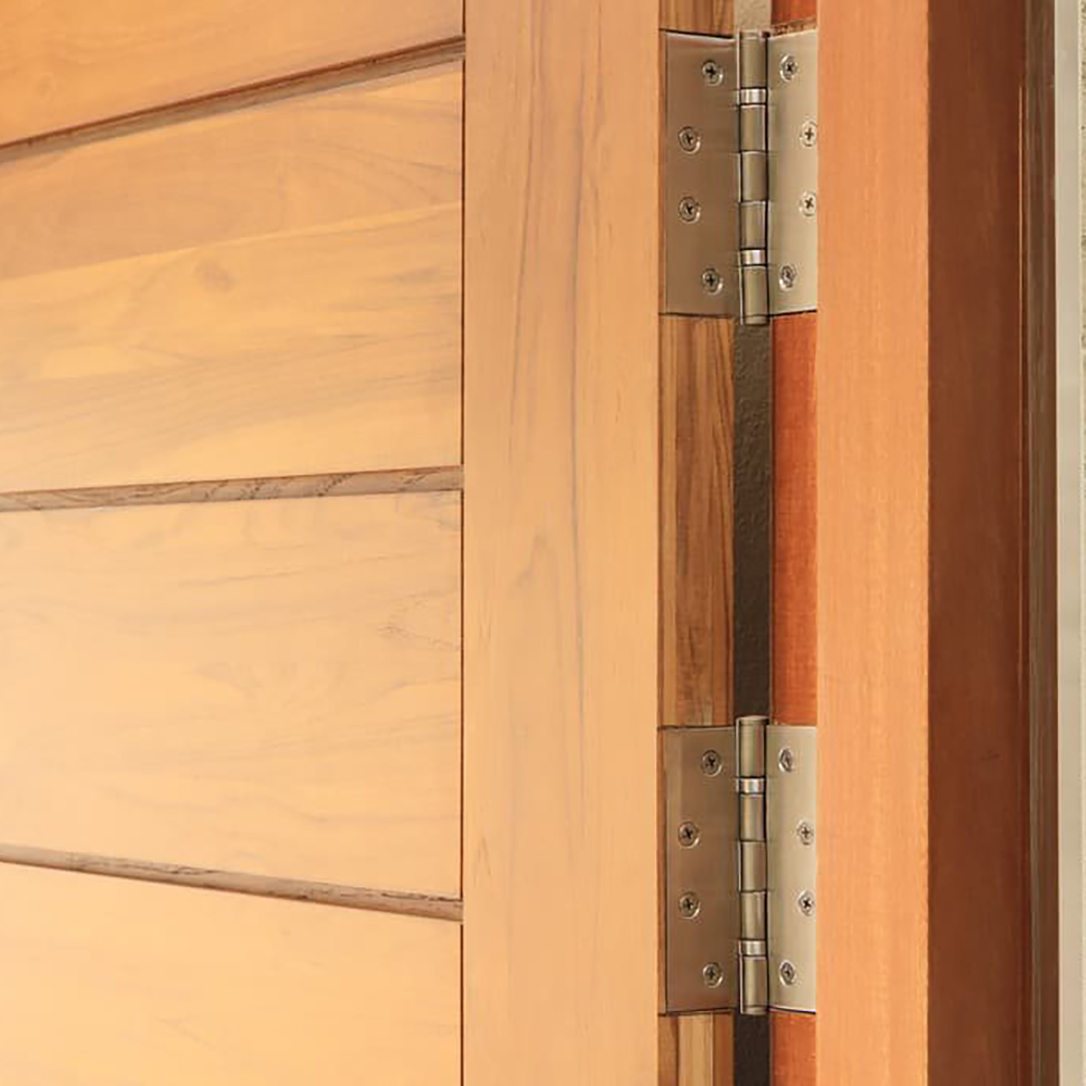
Hinges
Hinges on fire doors must comply to the annex B of the BS EN 1935.
When fitted, they should allow the fire door to close at any angle to which it has been opened.
We wouldn’t recommend using rising butt or spring hinges but instead a ball bearing or heavy-duty hinge that’s been recommended with the fire door.
When it comes to screws for fire doors, the diameter of the screw plays a big role. If you’re installing a timber door, then your screw must be no less than 3.8mm (width) and 30mm (length). There must be a minimum of 3 screws on the hinge leaves.
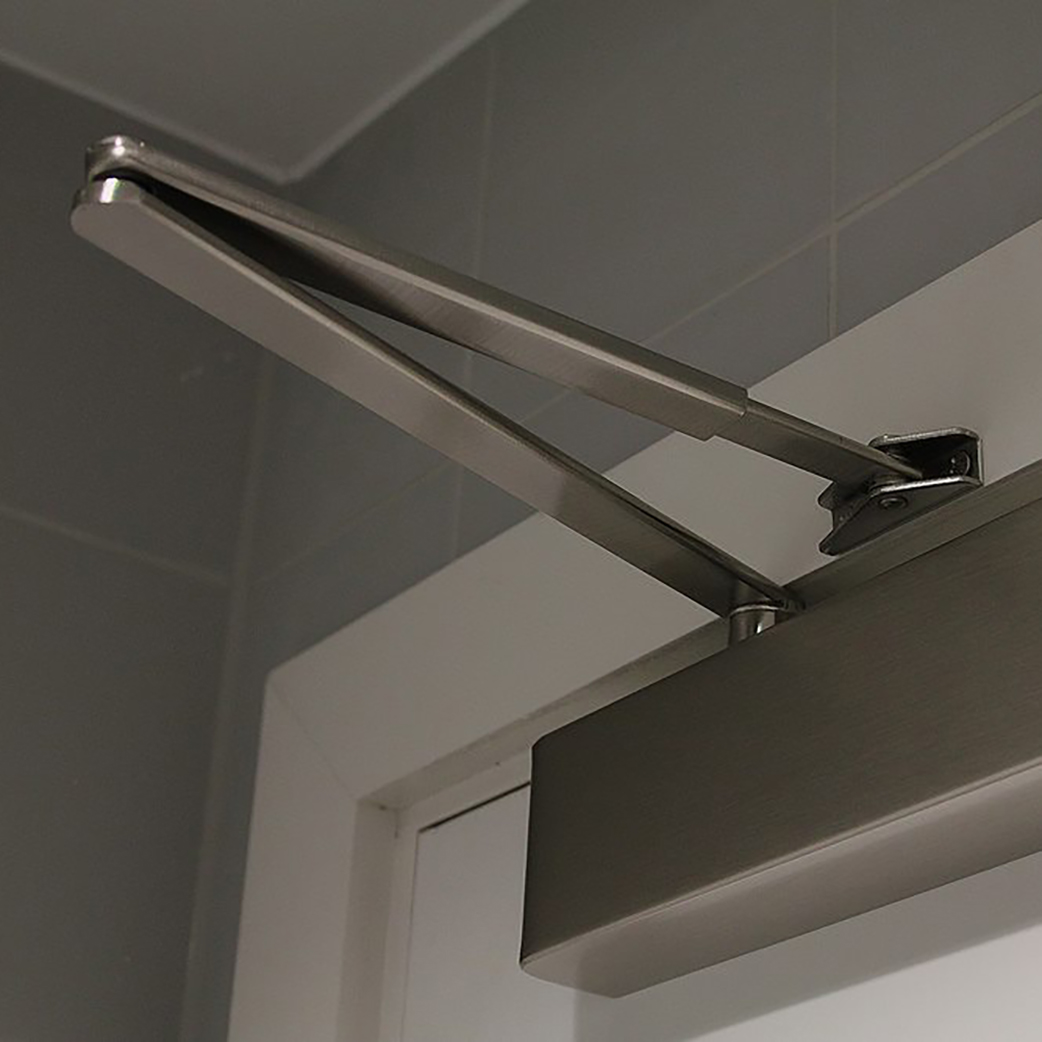
Closers
Fire doors must close behind a person passing through at any angle. To comply with fire regulations, there’s two types of self-closers for non-latched doors.
Face-fixed overhead closers are fixed to the top of the fire door and come with a rated or adjustable strength to cater for different weights and sizes of doors.
Concealed door closers are hidden from view as they’re fitted within the fire door leaf and frame. They provide the same functionality as an overhead door closer but look cleaner as they can’t be seen. Ideal for internal fire doors.
Remember, you must get fit closers that are CE marked.
Locks and latches
Locks and latches help provide an effective barrier to a fire, which is why they must be CE marked and comply with BS EN 12209. A fire door must remain closed within the frame and therefore a latch or lock will ensure this happens.
We recommend:
- Roller catches
- Rim latches
- Mortise latches
- Mortise locks
Need to cut into a door to install a mortise lock? Make sure your gap is the minimum necessary to prevent any voids where fire can enter.
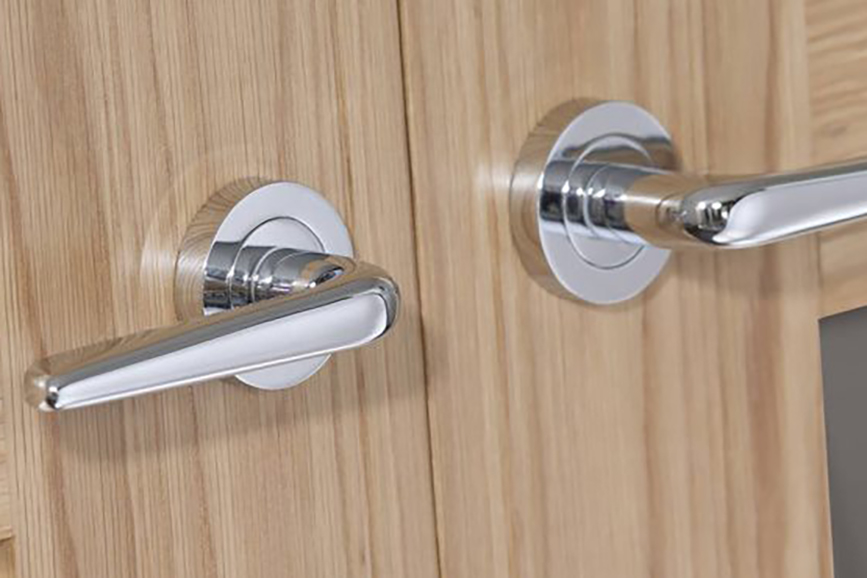
Don’t leave it to chance
Although it might sound scary, it’s simple. The components you use must be:
- CE marked
- CERTIFIRE approved
- Recommended with the fire door
Although it’s not essential ironmongery, handles, knobs, letter boxes and spy holes must be fire resistant too.
Where to buy fire doors and ironmongery?
Our branches stock a wide range of fire doors that are fire rated FD30 and FD60, including glazed options.
We can also supply a wide range of fire-rated ironmongery to suit.
Speak to your local Elliotts branch to find the right fire resistant products for your build, or email [email protected].
Need some advice on how to install a fire door? Check out our Essential reading on fire doors.

